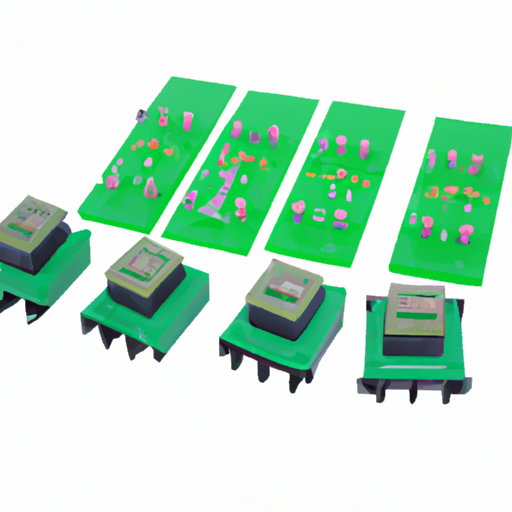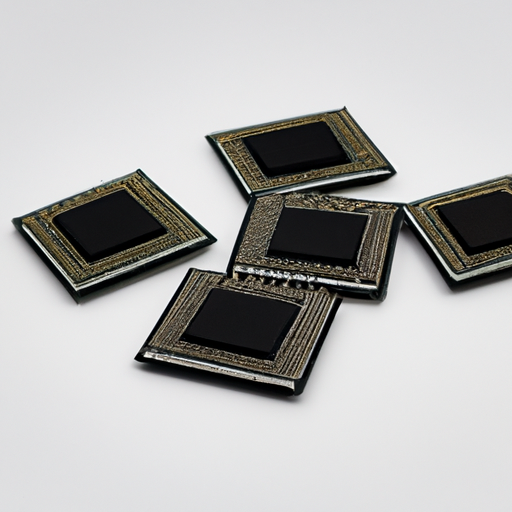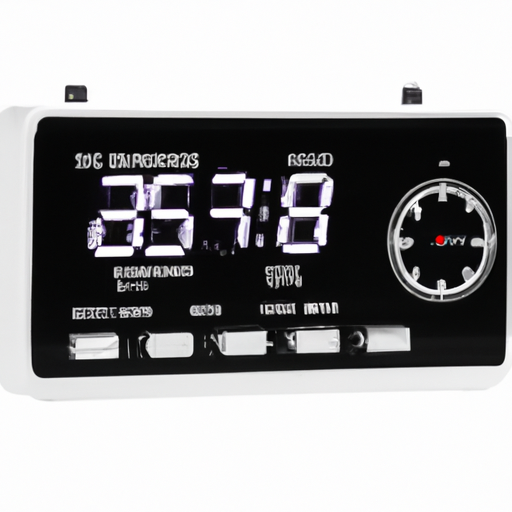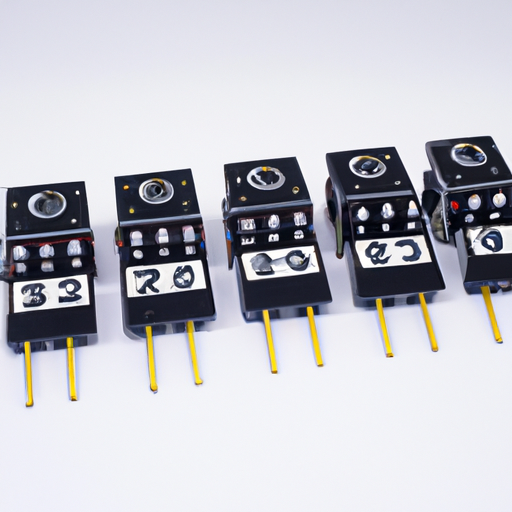Overview of Comparators
Comparators are essential electronic components that compare two input voltages or currents and produce a digital output signal indicating which input is greater. They are widely utilized in various applications, including signal processing, analog-to-digital conversion, and control systems.
Core Functional Technologies
1. Voltage Comparison: The primary function of a comparator is to compare two input voltages. When the voltage at the non-inverting input (+) exceeds that at the inverting input (-), the output switches to a high state (often close to the supply voltage). Conversely, if the inverting input voltage is higher, the output goes low.
2. Hysteresis: To prevent rapid switching due to noise or minor fluctuations in input signals, many comparators incorporate hysteresis. This is achieved by adding positive feedback, creating a threshold that must be crossed for the output to change states, thus enhancing stability.
3. Open-Collector Output: Some comparators feature an open-collector output, allowing them to interface with different voltage levels and enabling wired-AND configurations. This is particularly useful in multi-device systems where multiple outputs can be combined.
4. Speed and Response Time: Comparators are designed for fast response times, making them suitable for high-speed applications. The propagation delay is a critical parameter, especially in applications requiring quick decision-making.
5. Low Power Consumption: Modern comparators are designed to operate with low power, making them suitable for battery-operated devices and energy-efficient applications. This is particularly important in portable electronics and IoT devices.
Application Development Cases
1. Zero-Crossing Detectors: Comparators are commonly used in zero-crossing detection circuits, which are essential in phase-locked loops (PLLs) and motor control applications. By detecting when an AC signal crosses zero volts, the comparator can help synchronize control signals, improving system stability.
2. Level Shifters: In mixed-signal systems, comparators can serve as level shifters, converting analog signals to digital levels. This is particularly useful in interfacing microcontrollers with sensors that operate at different voltage levels, ensuring compatibility across components.
3. Window Comparators: These circuits utilize two comparators to create a window of acceptable input voltages. If the input voltage falls outside this range, the output changes state. This is useful in battery management systems to monitor voltage levels and ensure safe operation.
4. Pulse Width Modulation (PWM) Control: Comparators are integral to PWM circuits, where they compare a sawtooth waveform with a reference voltage. The output controls the duty cycle of the PWM signal, which is essential in applications like motor speed control and LED dimming.
5. Analog-to-Digital Converters (ADCs): Comparators play a crucial role in the operation of ADCs, particularly in flash ADCs, where multiple comparators are used to compare the input voltage against a series of reference voltages. This allows for rapid conversion of analog signals to digital form.
6. Overvoltage Protection Circuits: Comparators can be employed in overvoltage protection circuits to monitor supply voltages. If the voltage exceeds a predetermined threshold, the comparator can trigger a shutdown or alert mechanism, protecting sensitive components from damage.
7. Temperature Monitoring Systems: In temperature control applications, comparators can compare the output of temperature sensors against set thresholds. This allows for automatic control of heating or cooling systems based on temperature readings.
Conclusion
Comparators are versatile components that play a critical role in various electronic applications. Their ability to quickly and accurately compare voltages makes them essential in modern electronic design. Understanding their core technologies and application cases can help engineers leverage their capabilities effectively in their projects, leading to innovative solutions and improved system performance.













